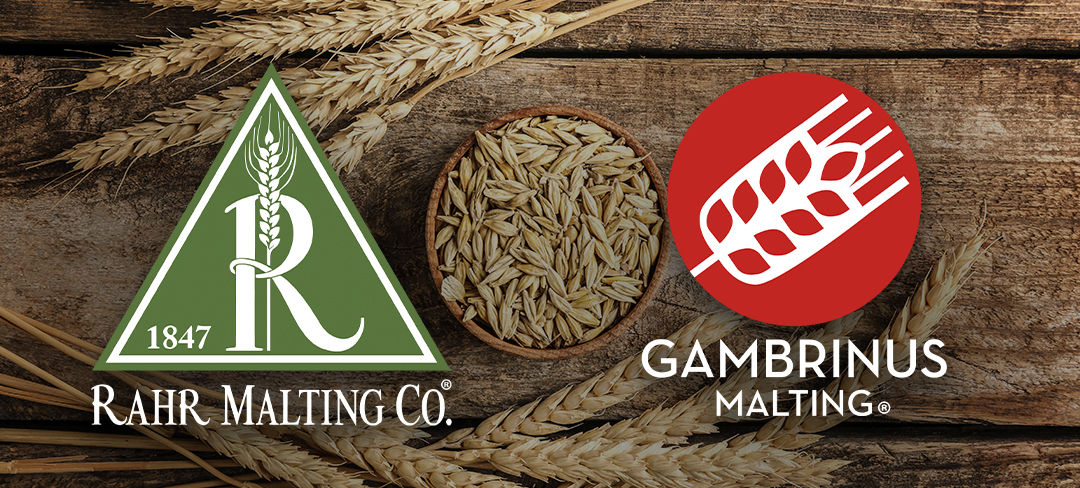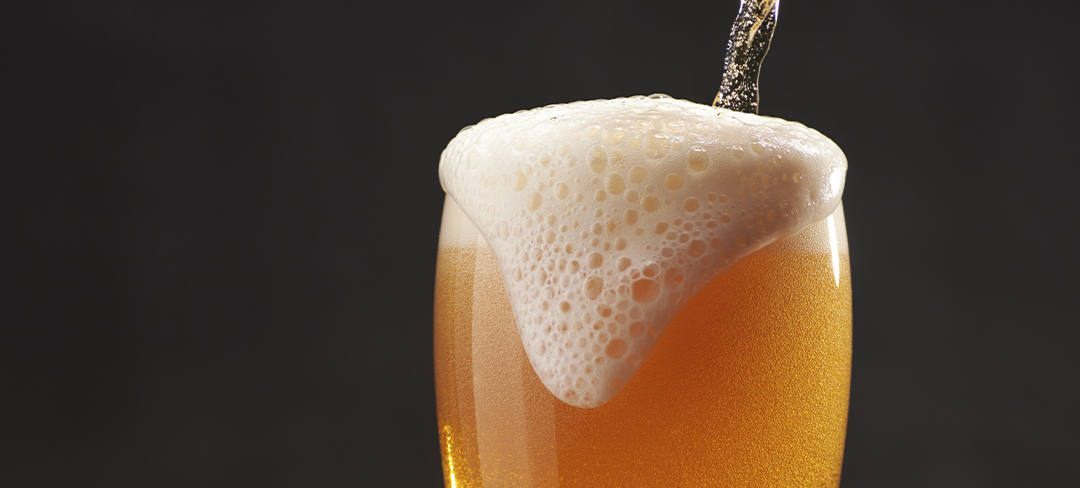Gambrinus Maltster Ken Smith Wants to Drink Your Beer

Greetings, one and all. Meet Ken Smith, Director of Operations at Gambrinus Malting in Armstrong, British Columbia. He’s here today to chat about Gambrinus IPA Malt and all the beers you might brew with it. If this is the first time you’ve heard about Gambrinus IPA Malt, check out this blog with Blake Masoner from Craft Coast. That’ll bring you up to speed. Now, the floor belongs to Ken.

BSG: Mr. Smith, how’d you find your way into the wonderful world of malt?
Ken Smith, Gambrinus Malting
Before I joined Gambrinus 11 years ago, I was a software developer and data analyst for almost 20 years. Right around 2012, I was in Vernon (an area close to Gambrinus) and the former owner pitched it to me: ‘We need someone with a good, strong technical background to help bring our operations and our offices into the 2000s.’
I was down in Salt Lake City at the time and my wife was pregnant with our second kid. I asked, ‘Hey, what do you think of moving to Canada?’ She said why not, and I was like ‘heck yeah,’ let’s move to a small town and try something different. I was born and raised in Canada. She’s American. We love it here.

BSG: What’s the story with Gambrinus IPA Malt? How did it come to be?
Ken: This was the result of Rahr talent, including Ashton Lewis [BSG’s Technical Support and Training Manager] and Jason McCann from Rahr. Ashton is a very talented brewer. He also knows malting, and he told me what he was thinking. He wanted a low-color base malt tailormade for IPAs. I liked his idea, and we started discussing how it should taste and smell, and how it should be produced. We brought in the rest of the product development teams to help turn the idea into an actual product.
Gambrinus is a small operation. We’re about 30 people and we’re running at capacity. We wouldn’t have had an opportunity to develop an IPA Malt like this if it weren’t for Rahr and their investment in us. They’ve brought our lab up to speed and given us access to the Rahr Technical Center and product development teams. This IPA Malt is a testament to Rahr and their success. This is why they’ve been in business for over 175 years.

BSG: How would you describe the IPA Malt’s flavor and aroma?
Ken: Tasting is an art, right? There’s a human element, and what I think or feel may not be the same as someone else. When I’m tasting this malt, I’m finding a very bready grainy flavor and sweet undertones. It has Pilsneresque attributes to it with maybe some Vienna aspects as well. Ultimately, it’s a very grainy, wonderful cereal flavor to me. I could actually drink the wort like a steep or a cold brew. It’s delicious. But the most exciting part will be learning what brewers think about it.

BSG: You’ve seen it in the malthouse. You’ve seen it in the brewhouse. What do brewers need to know about it?
Ken: The most important part is that we don’t want to tell brewers how to use it. We don’t want to inhibit their imagination. Yes, it is a base malt. Run with it at 100% inclusion, or mix it up with some of your favorite malts. The point is, it should perform as well as any other Gambrinus base malt – Pilsner, Pale, ESB. It’s a high-quality, low-beta, low-protein, low-color option for a light-colored IPA.
BSG: We’re having a bit of a love affair with West Coast IPAs at the moment. Do you remember your first encounter with a West Coast IPA? What was it like?
Ken: I lived in Portland, Oregon, for a few years. That’s where I met my wife, actually. I’m sure there were others before this, but the first West Coast IPA I specifically remember was at Four Winds Brewing here in BC. I was at their site visiting them in the summer and we had some very fresh, very cold West Coast IPAs. An amazing experience. To this day, they make some of my favorite products in the market.
BSG: What makes IPAs so appealing anyway?
Ken: This is tough for me to answer. I’m more of a Kölsch and Lager guy. That’s where I gravitate. But IPAs are flavorful and refreshing and they keep evolving. That’s exciting for many drinkers.

BSG: What makes Gambrinus IPA Malt a great malt for IPAs?
Ken: We’ve focused a lot on the color here, landing around a target of 2.2 SRM. This will give brewers the flavor and aroma they want from an IPA Malt, but in a lighter color.
The IPA Malt provides a beautiful light golden color while also hitting important sensory markers for IPAs. But IPAs are just one of many options on the style spectrum.

BSG: What happens if a brewer uses your IPA Malt to brew a Helles or a Cream Ale instead of an IPA?
Ken: Well, what I hope happens is that they send me some beer so I can try it out! But really, this malt is versatile enough to contribute to those styles. As a maltster, I shy away from telling brewers what to do or how to use an ingredient. I’ll give them the science behind it and tell them about the enzymatic activity. But we let them play with it. We want to hear what they do with it and what they think. That will decide what this malt is capable of.
BSG: Anything else you’d like to say while you’re here?
Ken: Kudos to everyone at Rahr for contributing and making this happen. This is just the beginning for Gambrinus!
BSG: Thanks for your time, Ken!
Brewers, make sure to send any beers featuring Gambrinus IPA Malt over to Ken in British Columbia. Alternately, you’ll be able to find Ken at the BSG Booth at CBC in Las Vegas!

Craft Beer & Brewing Podcast Episode 341
Ashton Lewis of BSG, Ken Smith of Gambrinus, and Blake Masoner of Craft Coast join the Craft Beer & Brewing podcast to discuss what Gambrinus IPA Malt is and how to use it effectively. Crack open a cold drink and tune in!